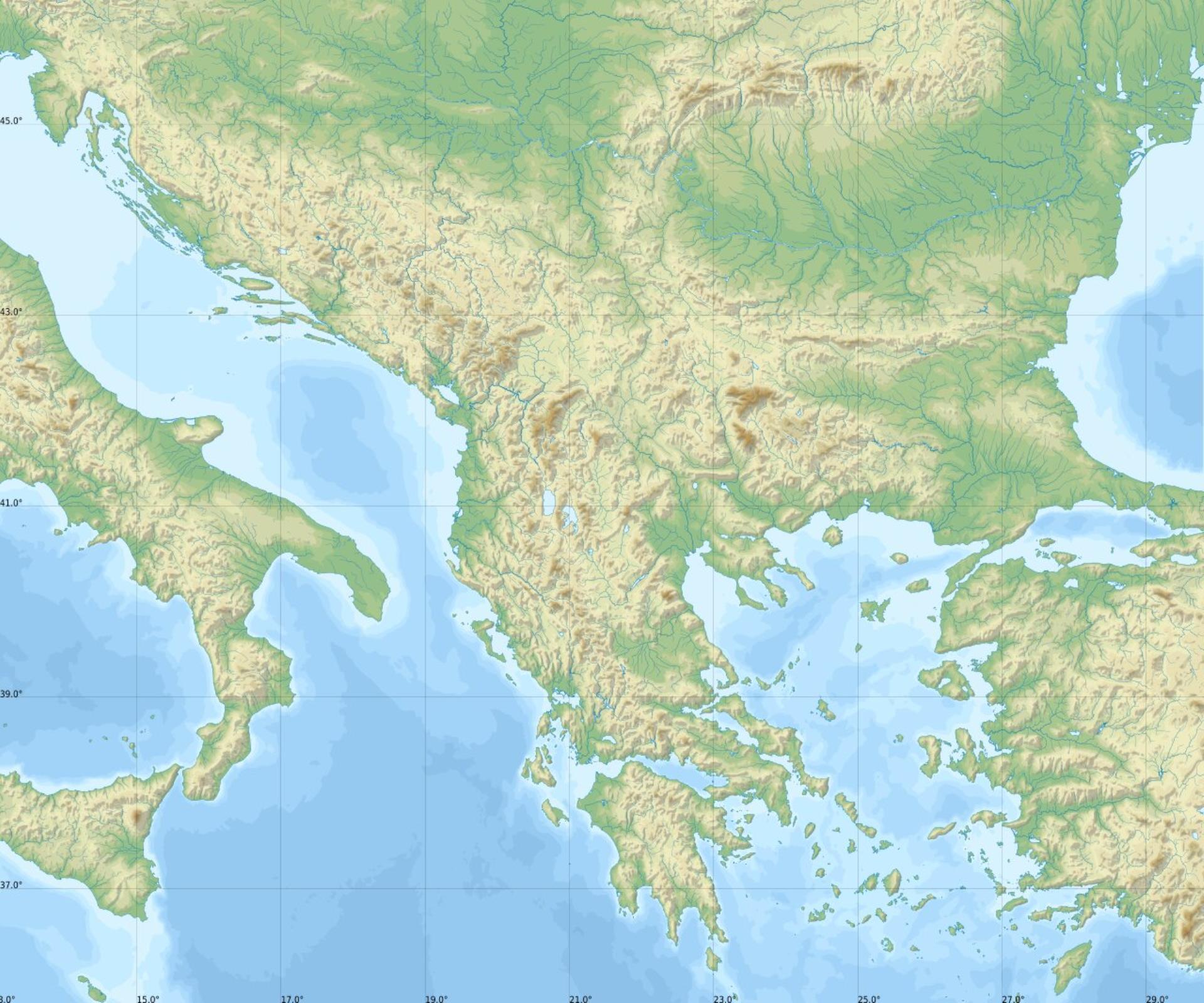The "Golden Route" of Transportation Between Europe and the Balkans

The "Golden Route" of Transportation Between Europe and the Balkans
Europe and the Balkans have historically served as crossroads for trade routes and hubs of intense cultural and economic exchange. Today, transportation between these regions remains a lifeline for international trade. But what is the "Golden Route" of transportation connecting Europe and the Balkans, and what advantages does this pathway offer?
Strategic Location and Geographical Advantages
Located in Southeastern Europe, the Balkans act as a bridge between Asia and Europe. This strategic position makes the region a crucial transit point for international trade. With developed networks of roads, railways, and seaports, the integration of multiple transportation modes is made possible.
Transportation Modes and Integration
Transportation between Europe and the Balkans is achieved through the seamless integration of various modes:
Road Transport: Advanced highway and road networks facilitate the fast and reliable movement of goods and services. Companies offering uninterrupted road transport from Turkey to the Balkans and Europe support exports, imports, and transit trade with comprehensive services.
Rail Transport: Rail networks in the Balkans play a significant role in land-based logistics. Rail transport provides cost efficiency and environmental sustainability, making it a preferred choice for many traders.
Sea Transport: Some Balkan countries rely on seaports for international trade. Maritime shipping is particularly important for transporting bulk goods and containers, offering a cost-effective solution for long distances.
The Role of Logistics Service Providers
Logistics firms in the region play a vital role in ensuring effective and efficient transportation between Europe and the Balkans. For example, NCL Trans leverages its logistics network to meet the trade and transport needs of the region. With expertise in road, rail, sea, and air transport, these companies ensure the safe delivery of goods to Balkan countries.
Customs and Regulatory Processes
Transportation processes between Europe and the Balkans must navigate the customs procedures and regulatory requirements of multiple countries. To avoid delays and complications, pre-planning and managing customs and permit processes are essential.
Technological Innovations and Future Outlook
Digital logistics solutions are revolutionizing transportation between Europe and the Balkans. Smart tracking systems, logistics management software, and data analytics enhance the traceability and management of shipping processes. Infrastructure improvements and technological advancements further increase efficiency, significantly benefiting regional trade.
Conclusion
Transportation between Europe and the Balkans can be considered the "Golden Route" of international trade due to its strategic location, advanced infrastructure, and integrated transport modes. With the expertise of regional logistics firms, technological innovations, and infrastructure development, this route will continue to be one of the main arteries of global trade in the future.
- Cool-Headed Logistics in Hot Weather: Managing Operations in the Summer Months
- Can Euro 6 Vehicles Reduce the Carbon Footprint?
- The Digital Transformation of Air Freight Transportation
- Overcoming Seasonal Peaks with Flexible Storage
- Agility and Cost Advantage in Maritime Logistics
- Ro-Ro Transportation: Ensuring Vehicle and Cargo Safety
- The "Golden Route" of Transportation Between Europe and the Balkans
- The Race in the Skies: Innovative Solutions in Air Freight Logistics
- The Rise of Artificial Intelligence and Automation in Storage Systems
- Rules for Safe Shipment on the Seas
